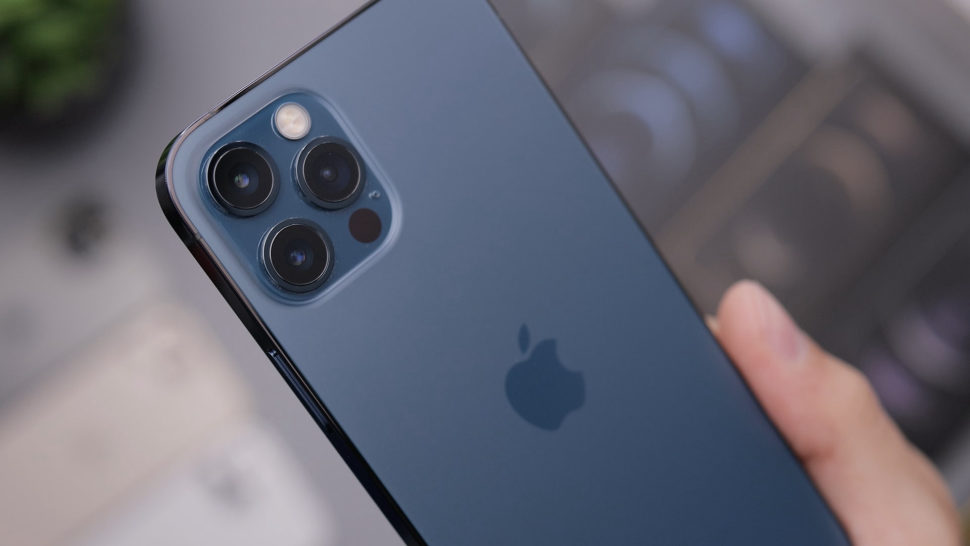AR advertising enjoyed tremendous growth in the previous year.
According to ARtillery Intelligence, the industry’s global revenue surged from half a billion dollars in 2019 to $1.41 billion in 2020. What’s more, the number could exceed $8 billion in 2024 due to various reasons.
These include social media advertising — such as Snapchat Lenses — and a new feature in Apple’s iPhone.
In October 2020, the iPhone 12 Pro became the first smartphone with a back-facing Light Detection and Ranging (LIDAR) sensor. It’s a remote sensing tech that enables a more advanced augmented reality (AR).
Thanks to LIDAR, users can quickly determine depth and size for a detailed mixed reality function for apps.
For example, the technology is useful for furniture placement when planning a room layout. Similarly, Snapchat Lenses rely on the LIDAR to create and share magical AR experiences with other users.
“LIDAR allows the iPhone 12 Pro to start AR apps a lot more quickly, and build a fast map of a room to add more detail,” CNET wrote.
But how does this sensor influence augmented reality advertising?
How iPhone 12 Pro’s LIDAR Sensor can Impact AR Advertising

Having a LIDAR sensor at the back of smartphones make AR more accessible to users. It reduces the effort required to measure a room’s spatial dimensions and place objects in the right place and scale.
In a statement to the press, CEO and chief analyst at ARtillery Intelligence, Michael Boland said:
“It’s going to be able to create these experiences that don’t require much of the user to jump through all those hoops, which I think is going to be required to get AR closer to the mainstream.”
In other words, more AR apps should start adding LIDAR support to provide a richer experience.
For example, new AR ads can enable users to test various lipsticks or clothing items before making a purchase. Likewise, you can use the Lidar sensor to arrange furniture in your new homes.
Beyond AR advertising, there’s also visual search — identifying items and places with cameras and providing information.
Last year, Google announced that its visual search tool, Lens, could identify 15 billion objects. Although the company hasn’t announced a visual search ad product that could change in the coming years.
As more smartphones spot LIDAR sensors, Google’s visual search should become more established. Then, AR advertising could become even more popular.










Comments (0)
Most Recent